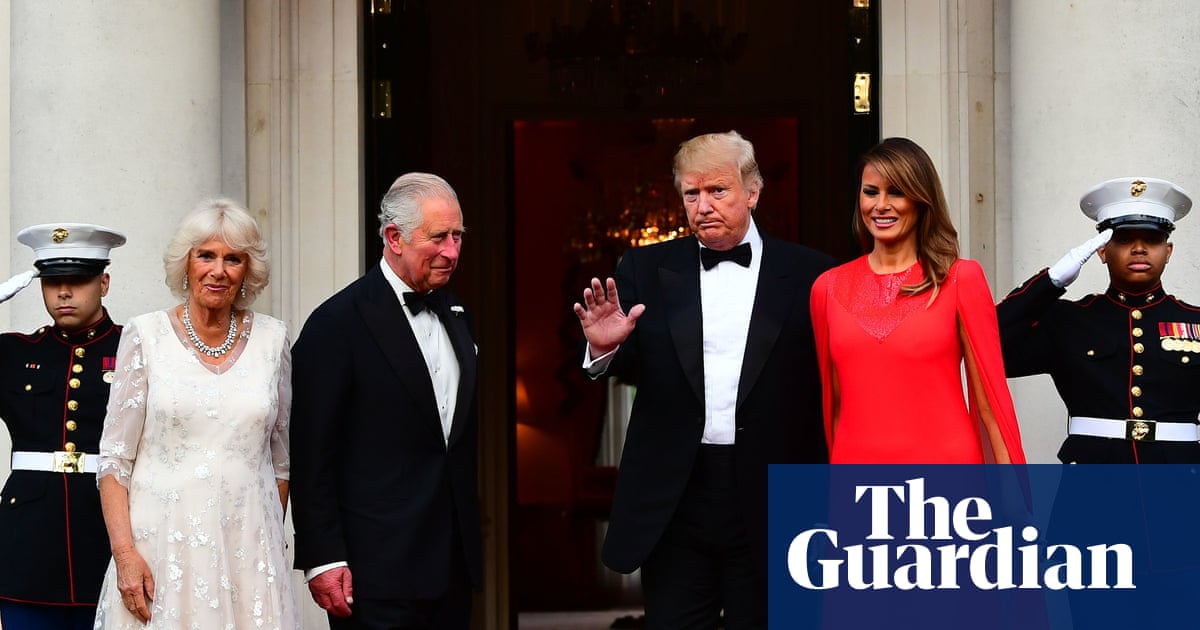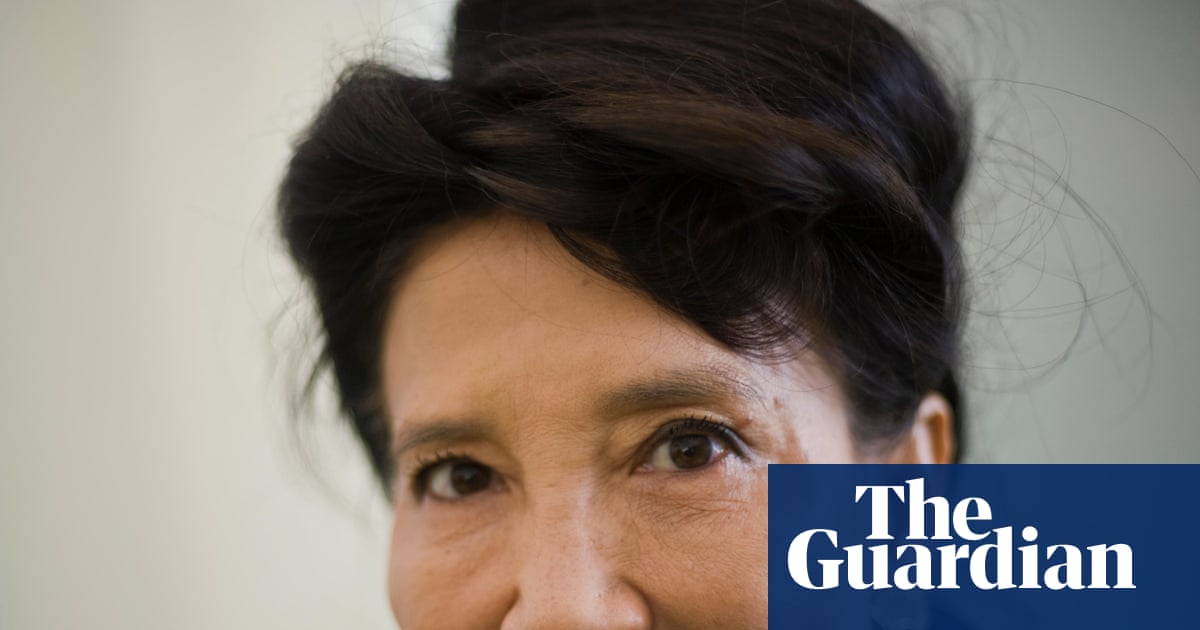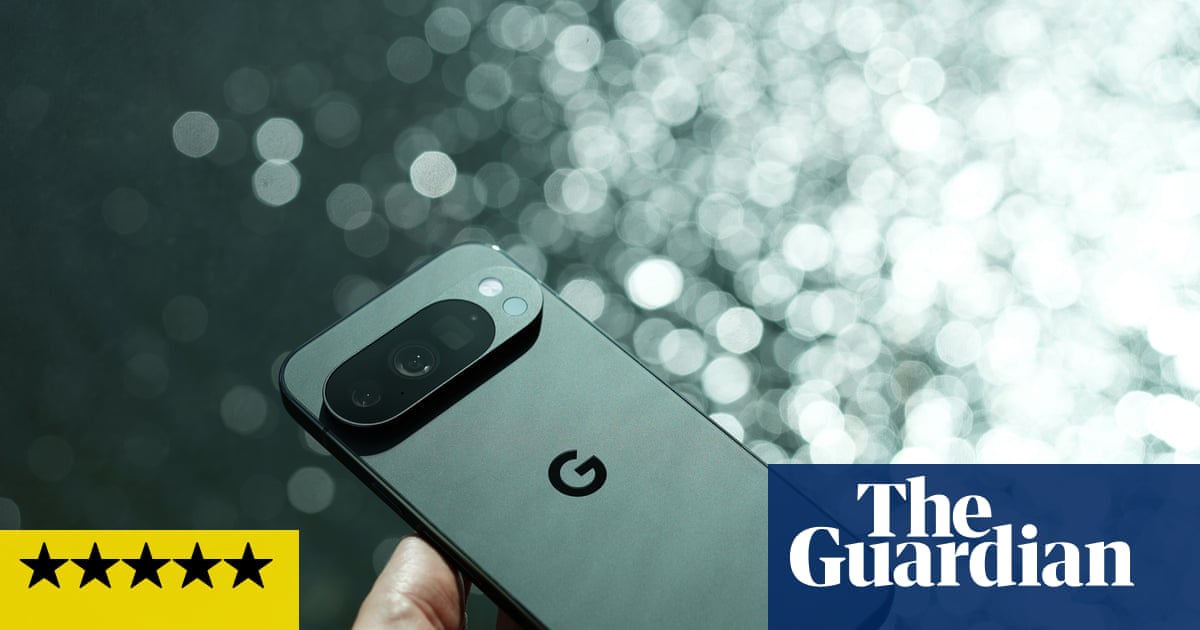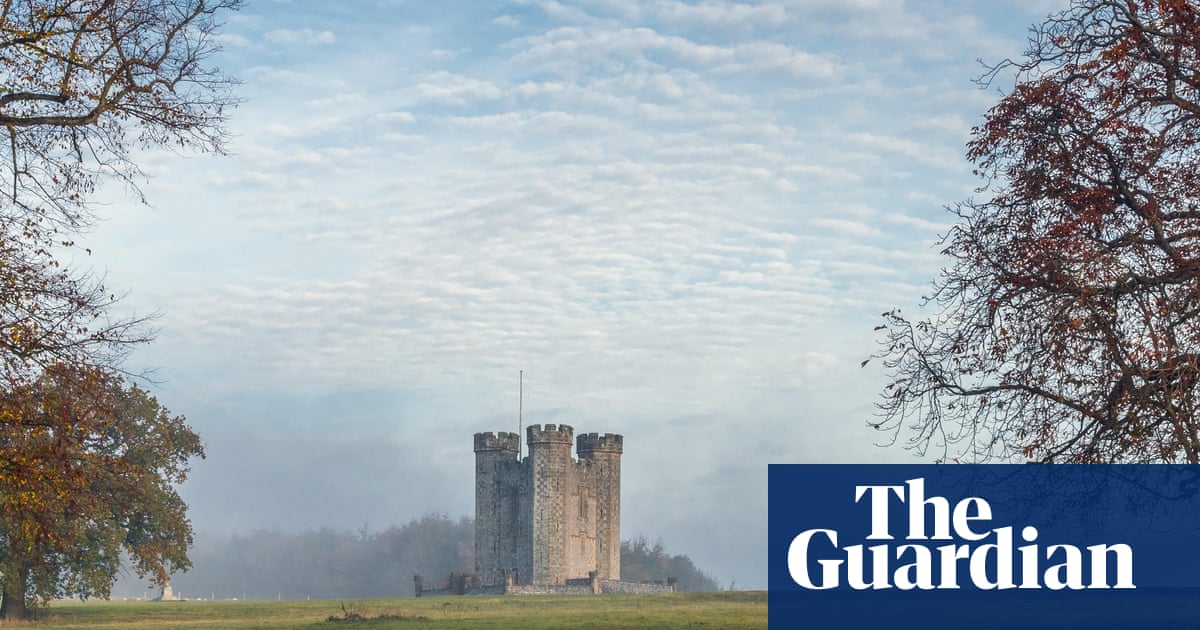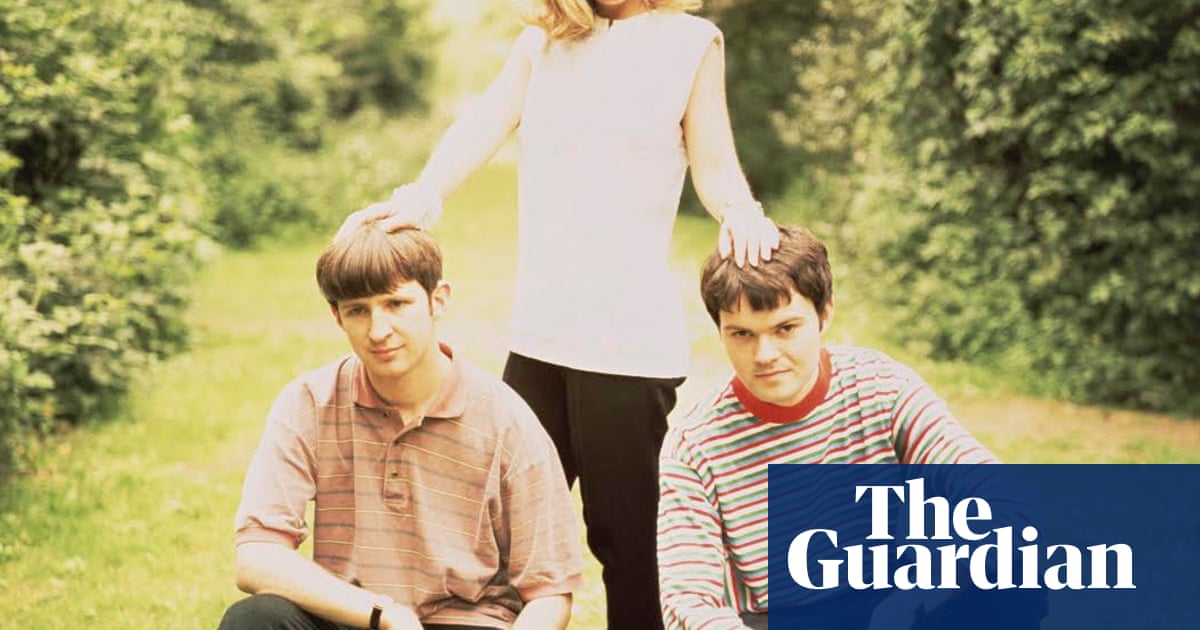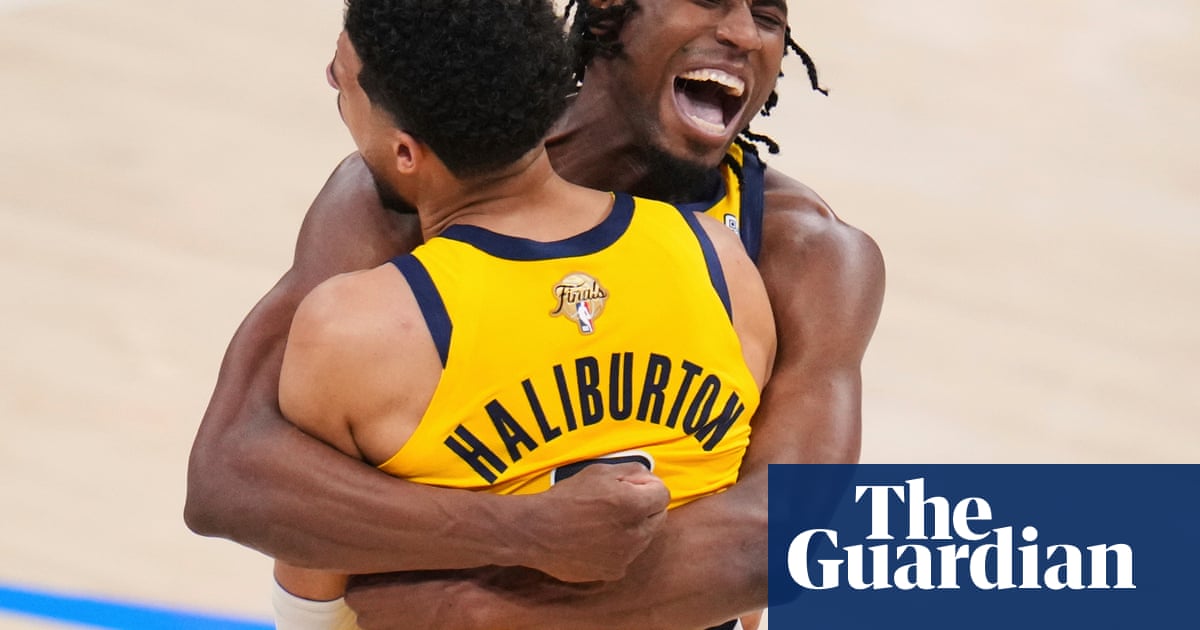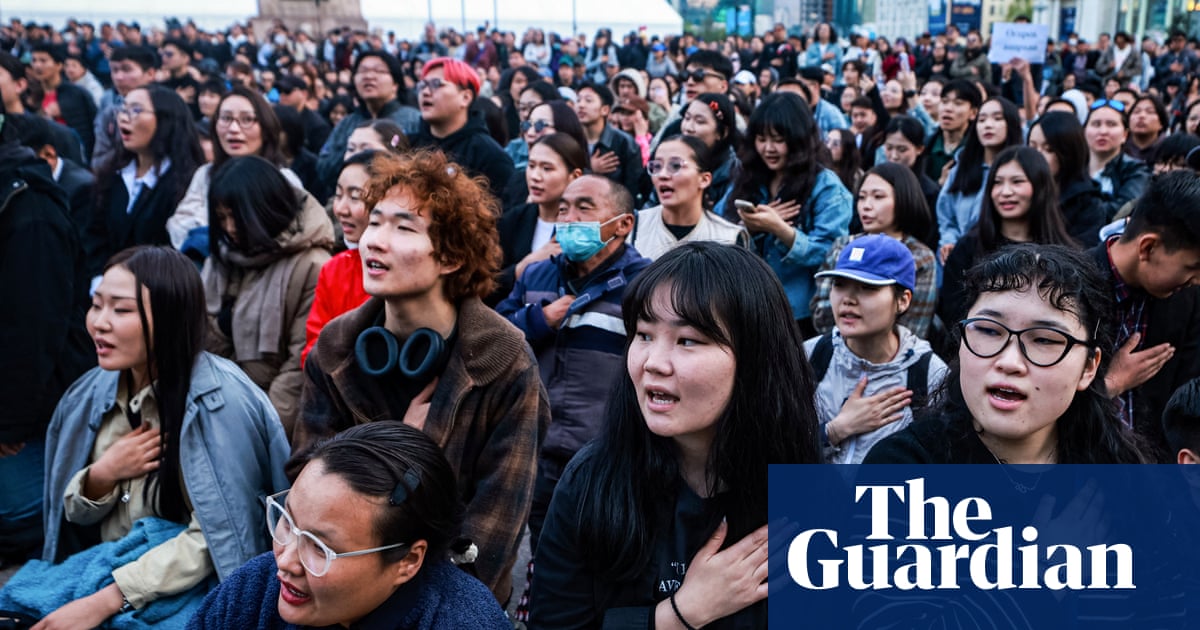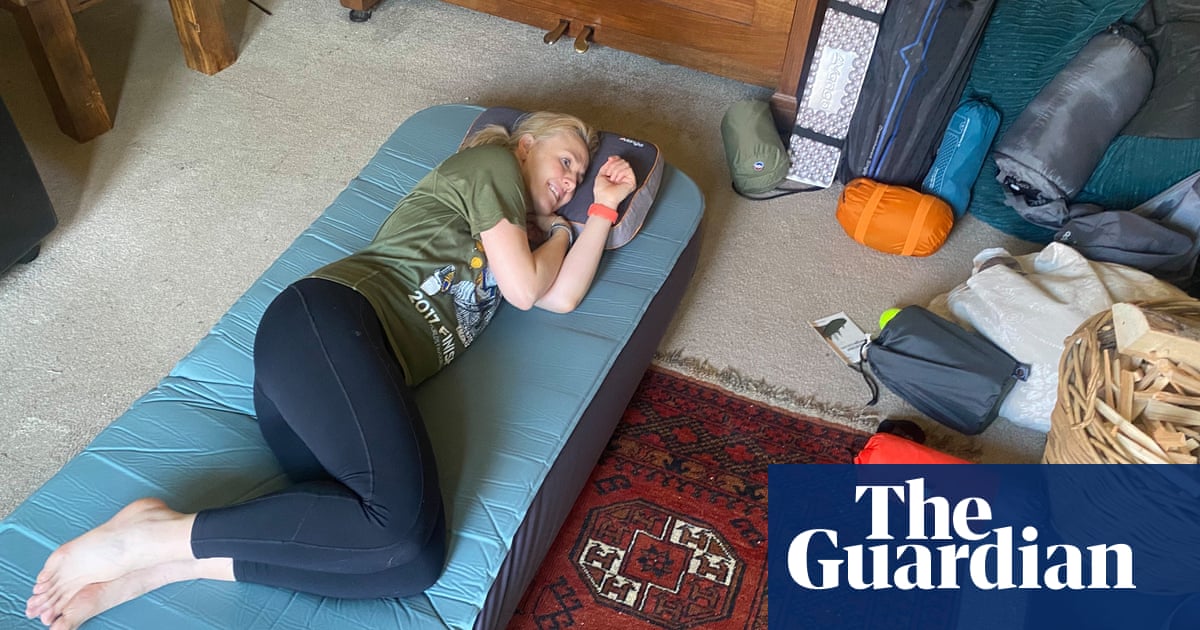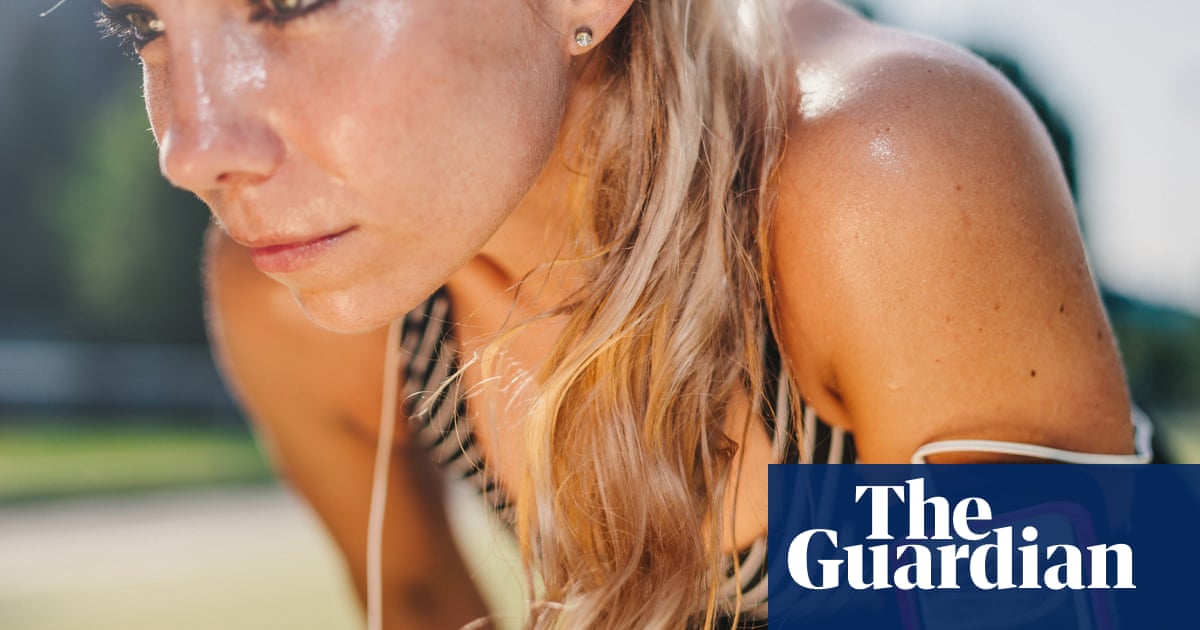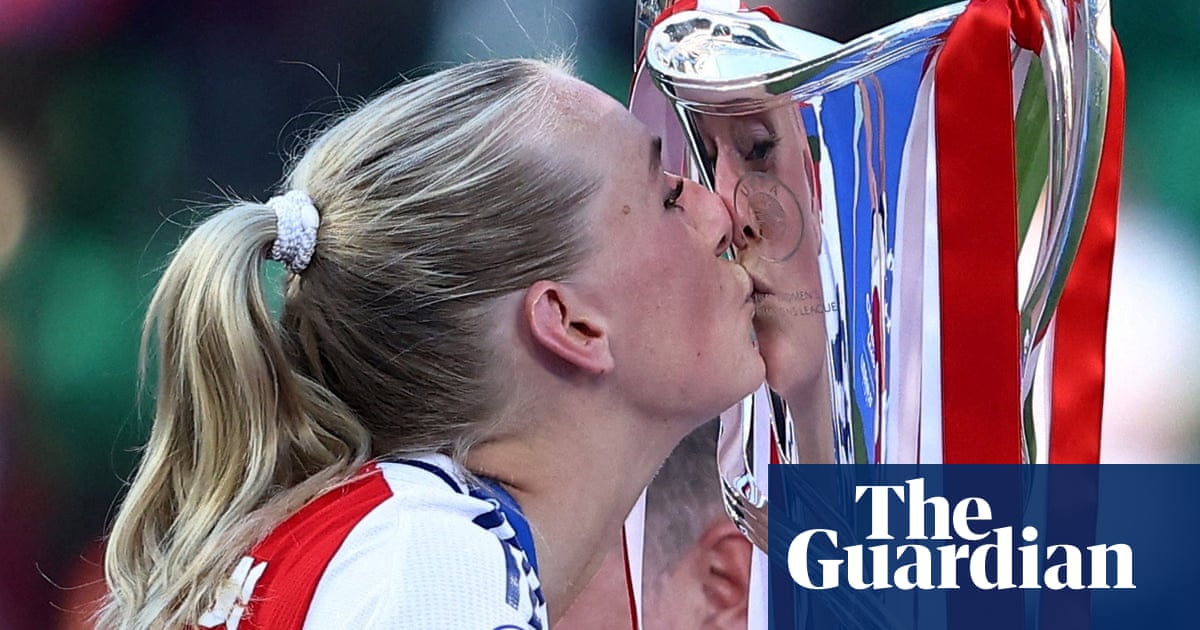I’ve always run on the warm side. Even in winter, I’ll return from a bike ride or run with a sheen of moisture on my forehead and damp patches in my pits. When the mercury rises, so do my levels of perspiration, and a sweat test last year confirmed what I’d always known: unlike Prince Andrew, I’m a heavy sweater.
Sweat-wicking clothing can help. But where do you start?
“Generally for sportswear, you’re looking for a knitted fabric with high, multi-dimensional stretch, primarily made from synthetic fibres such as polyester, nylon and acrylic,” says Dr Prabhuraj Venkatraman, senior lecturer in textile technology at Manchester Fashion Institute at Manchester Metropolitan University.
These feature a fibre structure that has many internal channels, he says, giving the fabric a fine, porous construction. Excess sweat or moisture from the skin is transferred to the upper layer of the fabric through the numerous channels, where it evaporates.
“Brands enhance that effect through design,” says sportswear designer Chantell Fenton. “Zoned mesh constructions, strategically engineered knits and seamless garments target areas of high perspiration, such as the back or underarms.”
While ideal for sweat-wicking, synthetic fibres’ fossil fuel origins mean they aren’t great for the environment, and Fenton says that even recycled synthetics aren’t without their limitations. “These garments still release microfibres into waterways during washing, which are difficult to capture and contribute to marine pollution. While recycled synthetics are a crucial part of the shift toward sustainability, they’re not yet a fully circular solution.”
Before you reach for a cotton T-shirt, the natural fibre has a high level of moisture absorption that will leave you with damp fabric directly on the skin that’ll soon make you cold. But there are some plant- and animal-based eco-friendly alternatives that are great for wicking away sweat.
“Merino wool is a standout. It’s naturally thermoregulating, manages moisture by absorbing it into the fibre’s core without feeling wet, and offers built-in odour resistance. It’s especially effective in cold and long-duration activities, and recent innovations like non-woven merino constructions reduce production waste and carbon impact,” says Fenton.
Bamboo viscose also offers moisture-wicking and antibacterial properties, while hemp combines low-input farming, durability and UV protection – studies show it’s incredibly effective at blocking UVA and UVB rays.
“These materials may not manage moisture in exactly the same way as synthetics, but they perform well within their own context – and critically, many offer long-term sustainability benefits that traditional synthetics cannot, such as decomposing safely, reducing landfill pressure; aligning with circular design, including recycling and composting; and avoiding persistent microplastic pollution, with wool, lyocell, cotton and hemp microfibres breaking down in marine environments over time,” says Fenton.
I asked some of the sweatiest experts in their fields, from a running coach to a mountaineering guide, for the kit they reach for when they want to stay dry, as well as putting some pieces through their paces myself.
The best kit for sweat-wicking
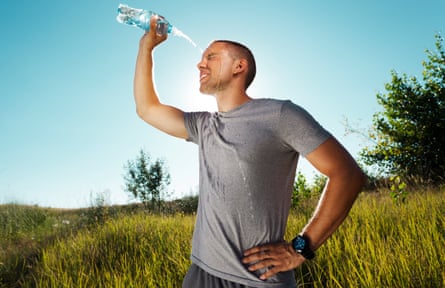
Best base layers for men
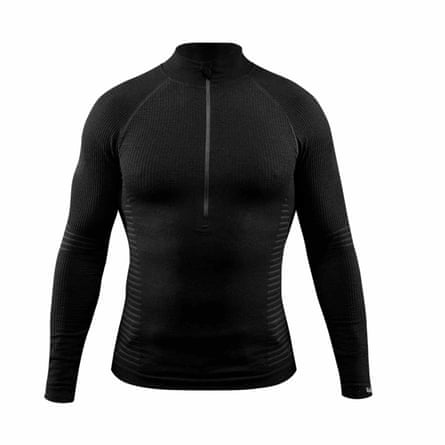
ThruDark Stealth seamless base top
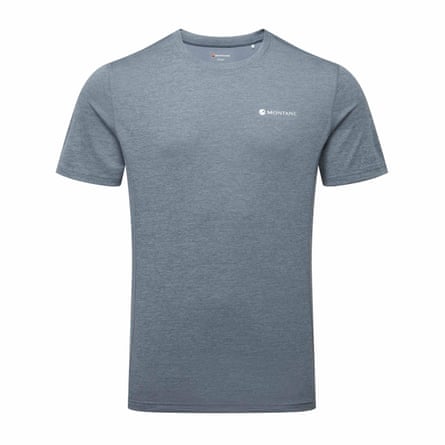
Montane Dart T-shirt
£30 at Montane
£28.50 at Amazon
“It’s important in terms of sustainability not to have different kit for different seasons. The base layer I wear most of the year is the Thrudark Stealth: it’s military tested, thin enough that I can wear it unless it’s a roasting hot day, and well built – I’ve had mine for years, worn it for hours and hours, and there’s still no fraying. If it’s really hot, I’ve got a secondary, lighter one by Montane: it’s airy, wicks well, and is a solid go-to top if you’re starting out.” Kris King, ultrarunner and co-owner of Beyond the Ultimate
Best base layers for women

Asics base layer SS top
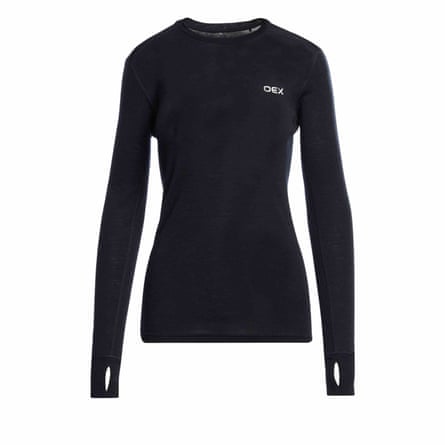
Oex Kelso merino long-sleeved top
From £45 at Go Outdoors
£52.25 at Amazon
“I do a lot of running, and I need my base layer to be lightweight, easy to move in and not skin-hugging. I’m also quite a sweaty person, and the newer products on the market are so much better in terms of how they wash – you don’t get that staining or unpleasant sweaty aroma that comes back every time you put them on. I’ve recently got into merino wool layers – they’re lightweight, so you can wear them in the summer, and if it’s a day where it’s not particularly warm, it just gives you that little bit of extra insulation without feeling like it’s weighing you down.” Jo Wilkinson, former elite runner and coach at Running Jo
Best sports underwear for men

David Archy bamboo briefs
From £23.99 for four at Amazon

Uniqlo Airism boxer briefs
“The main things I need in a pair of underwear are that they’re quick drying and have stretchability, so I look for moisture-wicking fabrics like polyester, modal or mesh blends, and flat-lock or seamless designs to reduce irritation. Structure is also important – you don’t want them too high because they’ll ride up, which can become uncomfortable when running or cycling. In terms of sustainable materials, bamboo is really good – it has natural antibacterial abilities, it’s soft and is naturally breathable.” Michael Baah, personal trainer at Michael Baah
Best sports underwear for women
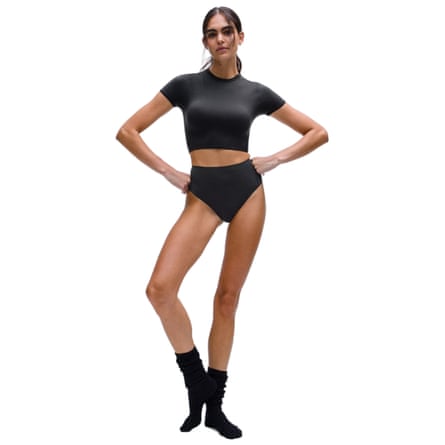
Lululemon Wundermost Nulu high-waist thong

Goodmove ultimate support serious sports bra
“It’s super important to have sweat-wicking gym clothes that also look good, as I’m rarely just wearing them in the gym: I might be running to pick up my kids, on public transport, or meeting someone for a coffee, and I can’t always shower right after. They also need to keep their shape and colour after many washes. Lululemon underwear’s seamless fit is comfortable, gives good coverage and is high-waisted, which is great for working out – with the waistband practically sitting on the mid-stomach, it’s more likely to stay in place. Good Move by Marks & Spencer has shown how the high street can do sportswear that looks and performs high-end – for the price, the quality of its sports bras is great.” Rosie Stockley, fitness trainer and founder of Mamawell
Best hiking base layers for men
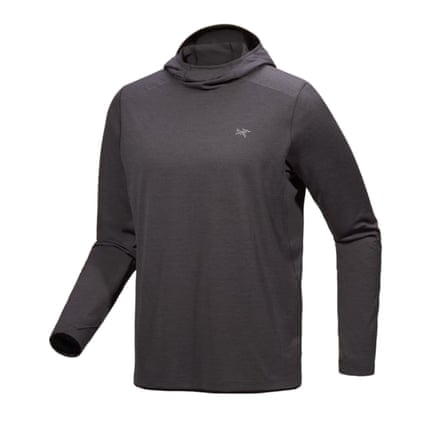
Arc’teryx Cormac hoodie
£80 at Arc’teryx
£80 at Ellis Brigham

Patagonia Capilene midweight crew neck
£79.99 at SportsShoes
£80 at Patagonia
“For a summer base layer, I want something with SPF 40 and a hood to keep the sun off of my ears and neck. I also want freedom and range of movement, and length in the body so it doesn’t untuck from my harness when climbing. I prefer synthetic materials because they dry fast and last longer. The Arc’teryx Cormac hoodies are the gold standard, while Patagonia’s products are made from recycled materials, and some of the brand’s profits are used to fight the climate crisis.” Tom Ripley, IFMGA mountain guide
after newsletter promotion
Best hiking base layers for women

Craft Core dry active long-sleeve top
From £25 at Mountain Warehouse
From £26.20 at Amazon

Salomon Sense Aero seamless top
“I don’t buy a lot of kit, but when I do, I use it until it’s gone. For base layers, the main thing I look for is comfort. I love my Craft one – it’s affordable, I don’t feel restricted in it, it’s breathable on the uphills but keeps me warm on the downs, and it’s lightweight, which is handy if doing multi-day hikes and packing a bag. Chafing can be a problem with a rucksack and a sports bra, but I’ve never chafed when wearing it – its seamless design means there’s one less thing to rub against my skin. I’ve had it for years and it’s still going strong. Alternatively, for summer hikes, I’ve got a really thin, lightweight Salomon one.” Lauren Munro-Bennett, summer mountain leader and sports coach at LMB Coaching
The best running socks

Stance Run Light crew socks
£16.99 a pair at Stance
From £12.99 a pair at Amazon

Bam mid-length technical running socks
“When you’re pounding the pavement, the last thing you want is hot, sweaty feet. Not only is it uncomfortable, but a buildup of moisture over time could lead to a race-ending blister. The Run Light crew socks from Stance have been my go-to for everything from recovery runs to ultra marathons for several years – their mesh upper section on the forefoot aids breathability while their nylon blend wicks sweat away from hot spots before they become problematic. For an eco-friendly alternative, Bam’s bamboo technical running socks keep your feet dry from the first mile to the last.” Charlie Allenby
The best gym socks

Naked Nation bamboo trainer socks
£18.50 for three pairs at Naked Nation
From £11.10 for three pairs at Amazon
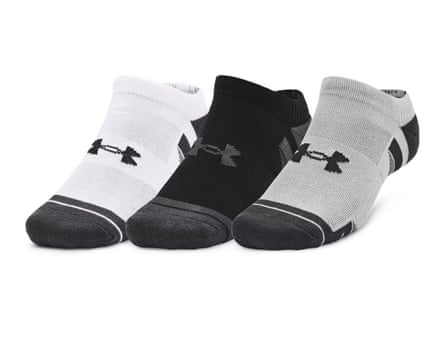
Under Armour Performance Tech no-show socks
£10 for three pairs at SportsDirect
£11 for three pairs at Under Armour

Lululemon Power Stride socks
£28 for three pairs (men’s) at Lululemon
£28 for three pairs (women’s) at Lululemon
“When I’m in the gym, I’m hunting for a thin training sock that allows my foot to breathe while wearing lifting or hybrid trainers. They’re preferably below ankle height or hidden, but with some heel support to avoid rubbing. Cotton is my go-to, but bamboo is a good, sustainable option, such as the ones by Naked Nation. My favourite pair are Lululemon Power Stride socks, but Under Armour Performance Tech no-show socks are more affordable and do the job too. If I were trying to get the most for my money, I’d happily use Primark socks, but they tend to get the odd hole when I run in them, whereas the first two options are more durable.” Louis Walcott, personal trainer and yoga teacher
Best socks for hiking

Bridgedale Cool Comfort socks
£22 a pair at Go Outdoors
From £14.08 a pair at Amazon

Smartwool Hike Classic Edition cushion crew socks
£22 a pair at Smartwool
£22 a pair at Millets
“Getting your socks right can make or break a walk, particularly when encountering tricky terrain or varied elevation. While something lightweight and breathable is a priority – particularly if wearing a waterproof boot that sacrifices some airflow – it’s important not to go too minimalist and be left with cold feet on exposed sections of trail. The Cool Comfort option from Bridgedale is my go-to for the warmest walks, while Smartwool’s merino wool-based Classic Hike is my preferred choice for every other occasion. Both have kept my feet blister-free after many miles of testing and feature a good balance of support and structure.” CA
The best gear for cycling

Rapha merino base T-shirt

Pactimo Summit sleeveless top
“After being a warm-weather cycling base layer sceptic, I’m now a convert and wear them year-round. It might seem counterintuitive to add an extra layer into the mix on hot days, but it can actually speed up the wicking of sweat that’s sitting on your skin compared with wearing a jersey or T-shirt – minimising damp spots that can become chilly on descents, and boosting all-round comfort. For most of my riding, the merino base layer from Rapha manages my temperature perfectly (and feels silky soft against the skin), while for all-out efforts or sweltering summer spins, the Summit from Pactimo ups the moisture-wicking ante.” CA
Charlie Allenby is a health and fitness journalist who puts running and cycling gear through its paces on increasingly ridiculous endurance challenges

.png) 3 months ago
170
3 months ago
170









